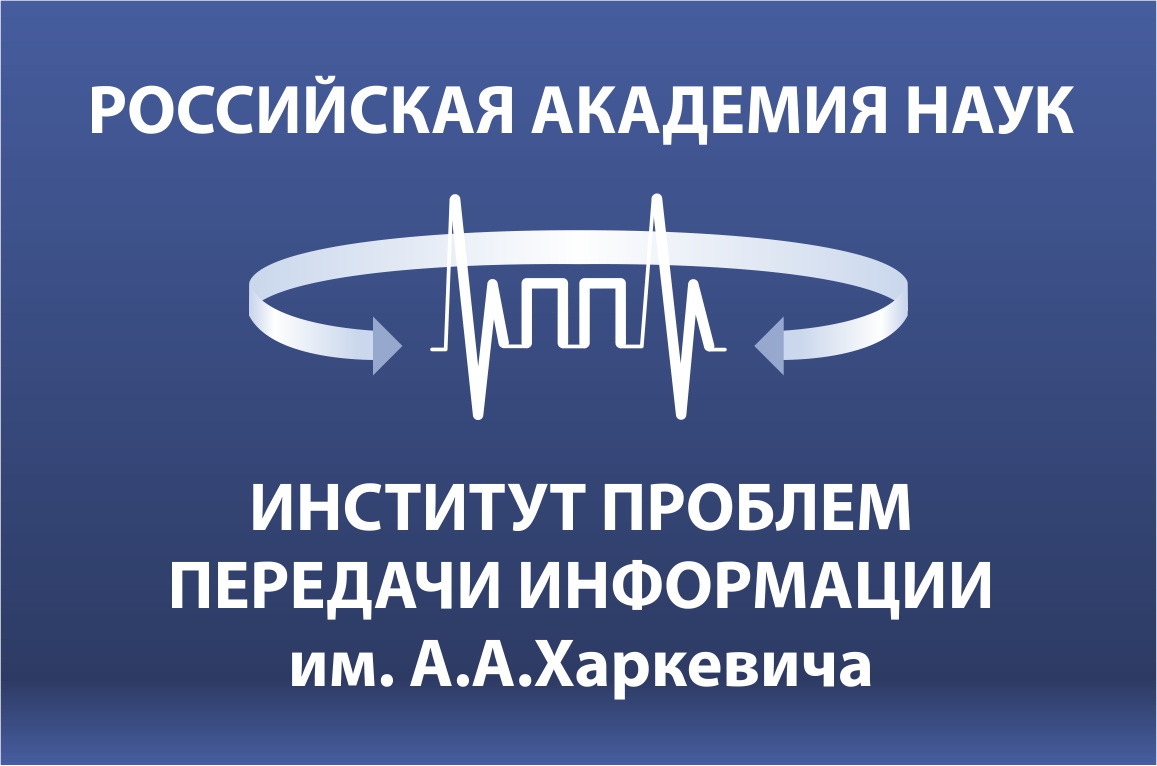30 апреля 2015 г.
15:40, НМУ, конференц-зал
Knotting and Linking in Fluid Flow
Kenneth C. Millett (University of California, Santa Barbara, CA, USA)
Vortex lines in a fluid flow are modeled by systems of mathematical curves that are entangled through their knotting or linking, both local and global. Their mutual interference is implicated in large-scale effects making their characterization and quantification an objective of substantial interest. In this study, two mathematical streams are brought together. First, the knotting of open chains used to characterize knotting in, for example, proteins (Linear random knots and their scaling, Macromolecules, (38) 2005, no. 2, 601- 606; Conservation of complex knotting and slipknotting patterns in proteins, Proceedings of the National Academy of Science, USA, vol 109, no 26, 2012, E1715-E1723; KnotProt: a database of proteins with knots and slipknots, Nucleac Acids Research, (2014) 1, doi: 10.1093/nar/gku1059.) Second, the periodic linking measures used to study entanglement in periodic boundary condition (PBC) models of polymer melts (A study of entanglement in systems with periodic boundary conditions, Progress in Theoretical Physics Supplement, No 191, 2011, 172-181; Quantifying entanglement for collections of chains in models with periodic boundary conditions, Procedia IUTAM: Topological Fluid Dynamics, (2013) 7, 251 - 260).
The first derives from the application of knot polynomial invariants (A polynomial invariant of oriented links, Topology (26) 1987, 107-141). We will describe the fundamental features of knotting and the extension of these ideas that has lead us to our study of knotting in open filament structures such as proteins or fluid flow lines. The second is inspired by the Gauss linking number and is related to the helicity (Helicity and the Calugareanu Invariant, Proc. R. Soc. Lond. A vol. 439, 1992, 411-429 ). We will describe the extension of these to the context of periodic boundary condition models and the creationg, by Panagiotou, of the periodic linking number. Its analysis provides the foundation upon one can determine an associated linking matrix and calculate measures of entanglement as a function of the scale of the vortex filaments and the consequences of confinement or global forces.
Доклад будет прочитан на английском языке и будет проходить в рамках конференции "Knots and Links in Fluid Flows: from helicity to knot energies"
| 25.04.2015 | Петров Леонид Александрович |











